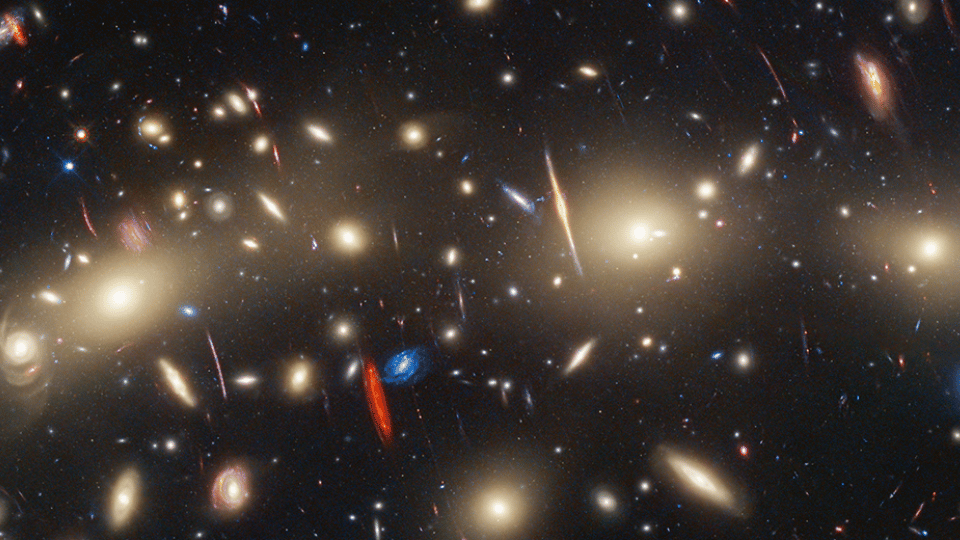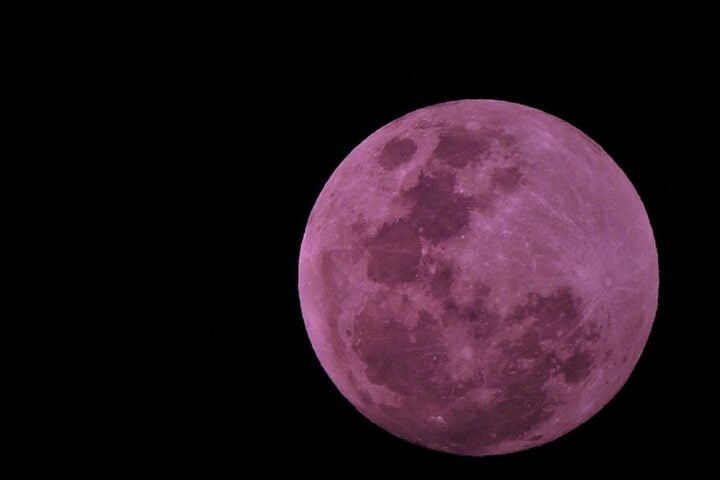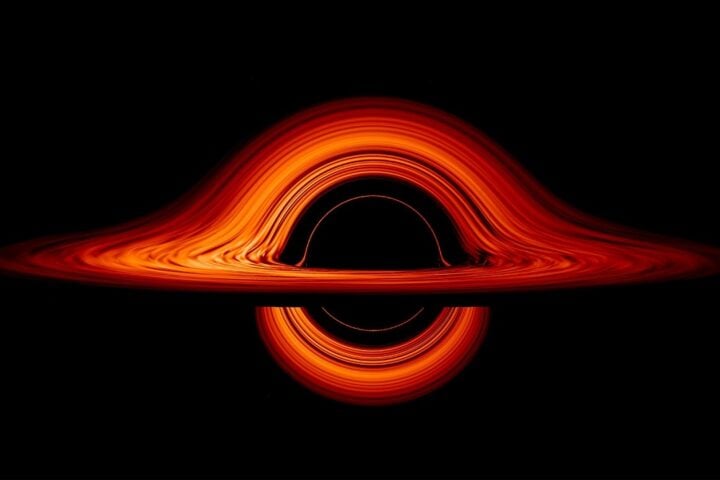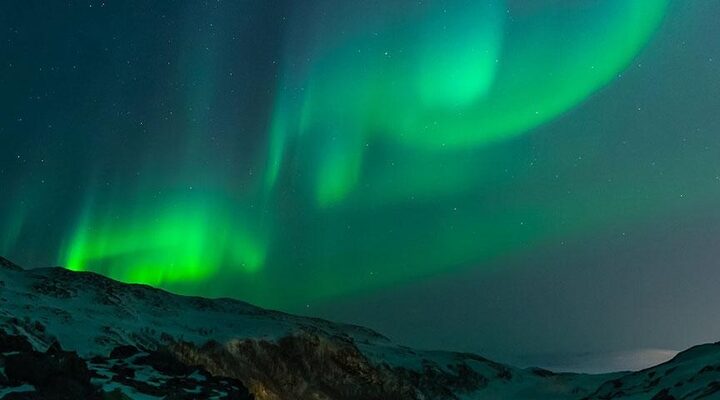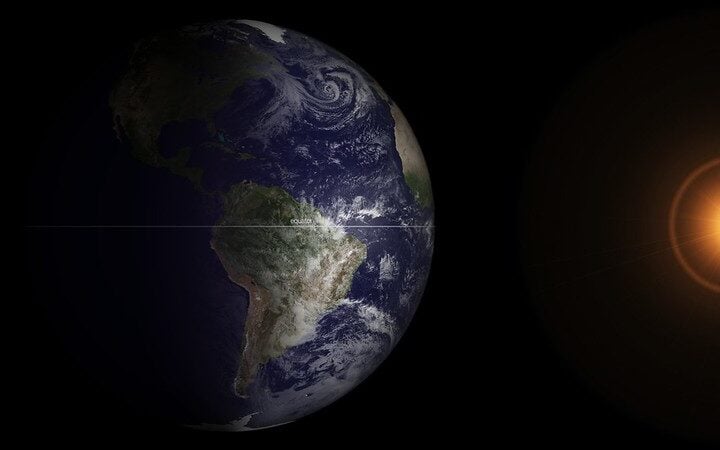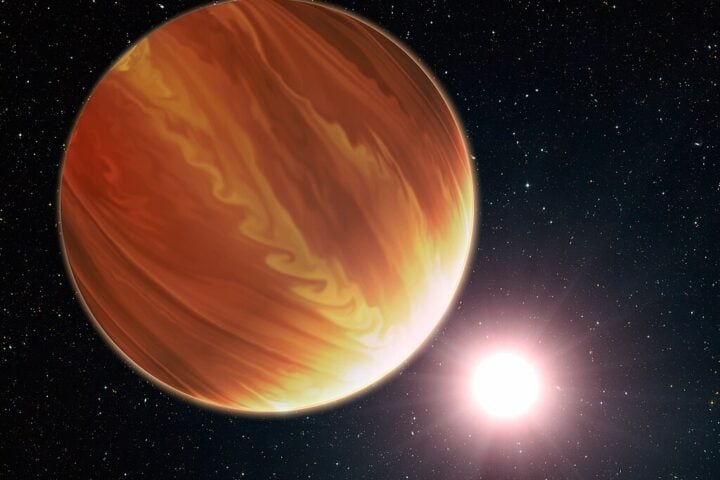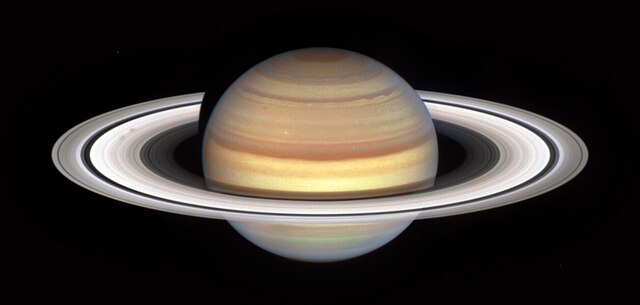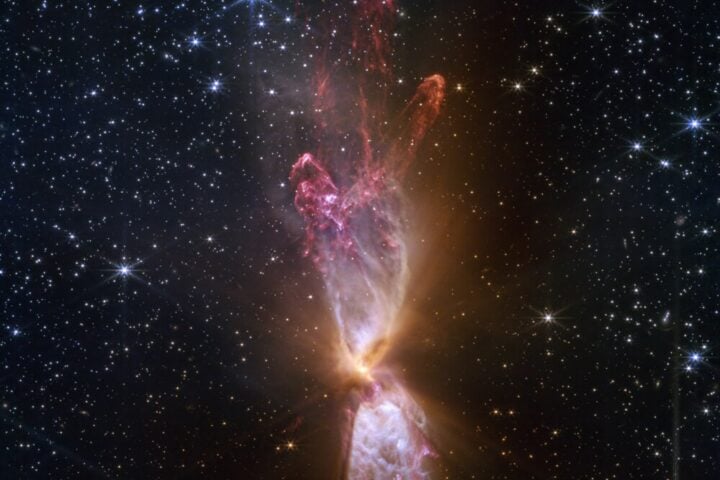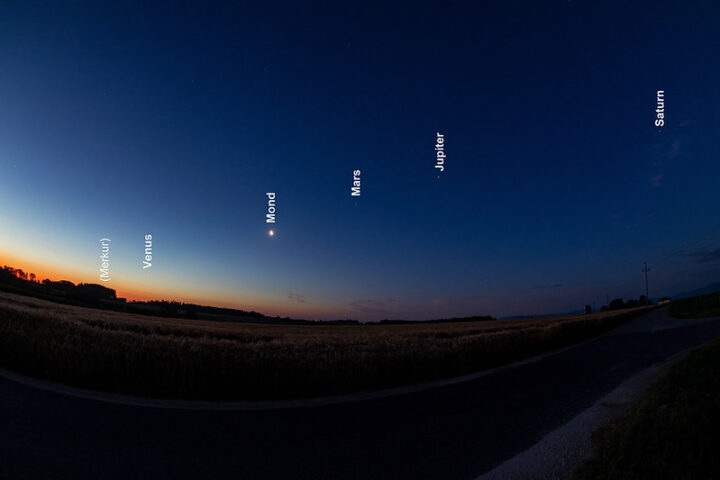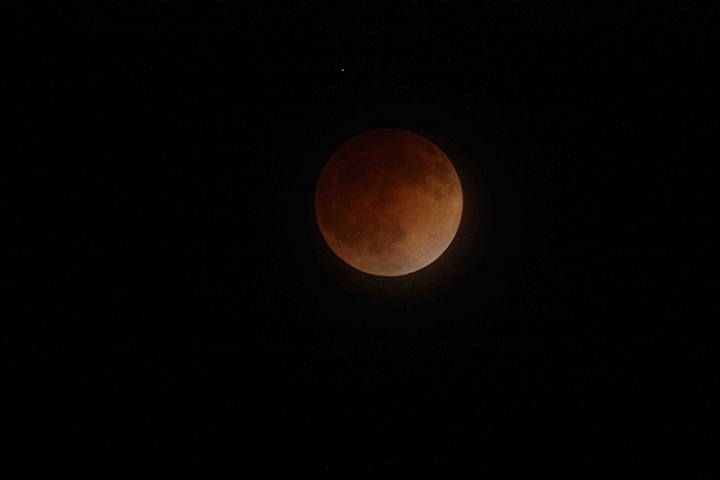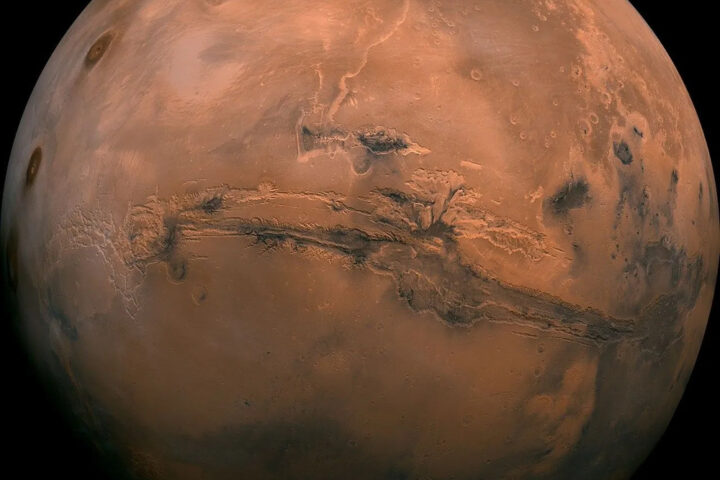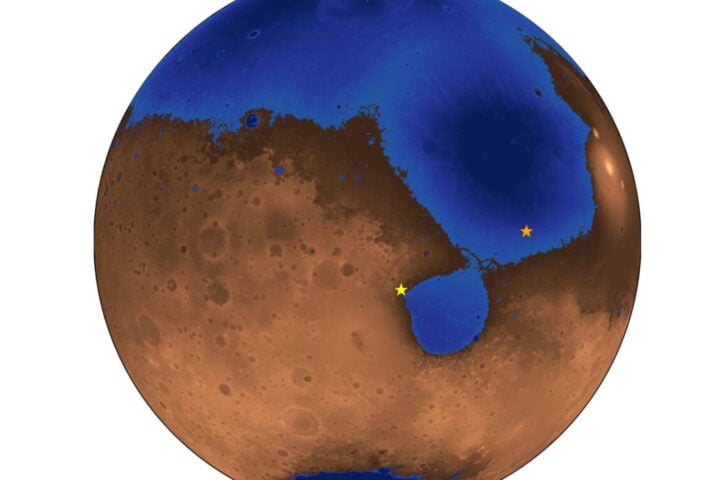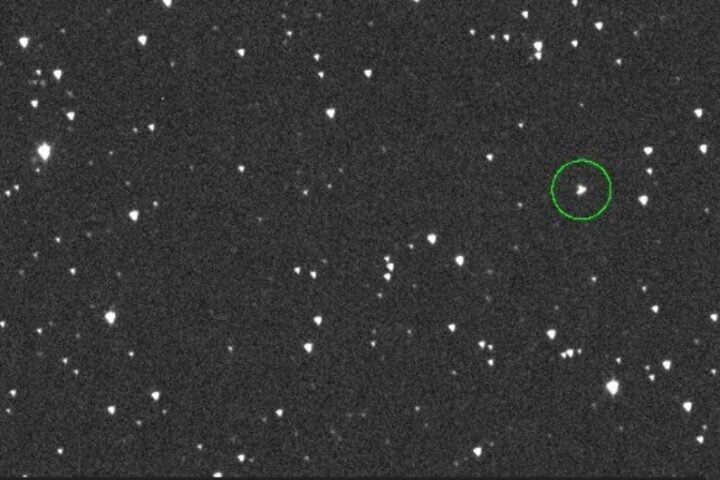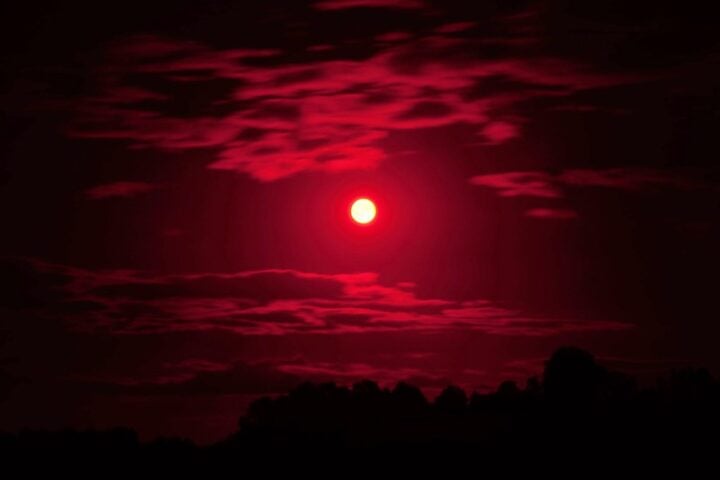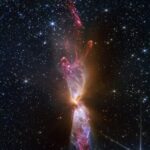In a groundbreaking collaboration, NASA’s James Webb Space Telescope and the Hubble Space Telescope have teamed up to study the galaxy cluster MACS0416, situated approximately 4.3 billion light-years from Earth. This partnership has produced a stunning panchromatic image, blending visible and infrared light to create one of the most detailed universal views ever captured.
The image showcases a diverse array of galaxies, both within and outside the cluster, and reveals time-varying sources likely influenced by gravitational lensing. This phenomenon, where light from distant galaxies is distorted and amplified, unveils previously hidden cosmic wonders.
MACS0416, a pair of colliding galaxy clusters, is part of the Frontier Fields program initiated by Hubble in 2014. This program aims to detect some of the faintest and youngest galaxies. Webb’s infrared capabilities enhance this mission, allowing astronomers to peer deeper into the early universe.
Rogier Windhorst from Arizona State University, leading the PEARLS (Prime Extragalactic Areas for Reionization and Lensing Science) program, emphasizes the significance of combining Webb and Hubble data. He states, “We are building on Hubble’s legacy by pushing to greater distances and fainter objects.”
The colors in the image are not just for show; they serve a scientific purpose. Blue indicates shorter wavelengths and typically marks closer galaxies with intense star formation, as Hubble detects. Redder hues, captured by Webb, often signify more distant galaxies. Some galaxies appear red due to cosmic dust absorbing bluer starlight.
This collaboration has led to the discovery of over a dozen transients, or objects varying in brightness over time. These include supernovae and individual or multiple-star systems, magnified by gravitational lensing. This finding, from a joint effort of the PEARLS and CANUCS (CAnadian NIRISS Unbiased Cluster Survey) teams, suggests that regular monitoring with Webb could uncover more such transients.
One particular transient, nicknamed “Mothra,” stands out. This star system, magnified by at least 4,000 times, is located in a galaxy that existed around 3 billion years after the big bang. Its discovery, along with another lensed star named “Godzilla,” highlights the immense magnification power of gravitational lensing. Jose Diego of the Instituto de Física de Cantabria, who led the research on this finding, suggests that an additional, unknown “milli-lens” within the foreground cluster might be contributing to this magnification.
The research papers detailing these findings are set for publication in The Astrophysical Journal and Astronomy & Astrophysics, respectively.
This collaboration between Webb and Hubble, managed by NASA’s Goddard Space Flight Center and operated by the Association of Universities for Research in Astronomy, not only extends our cosmic understanding but also solidifies the legacy of these telescopes in unveiling the mysteries of our universe.
